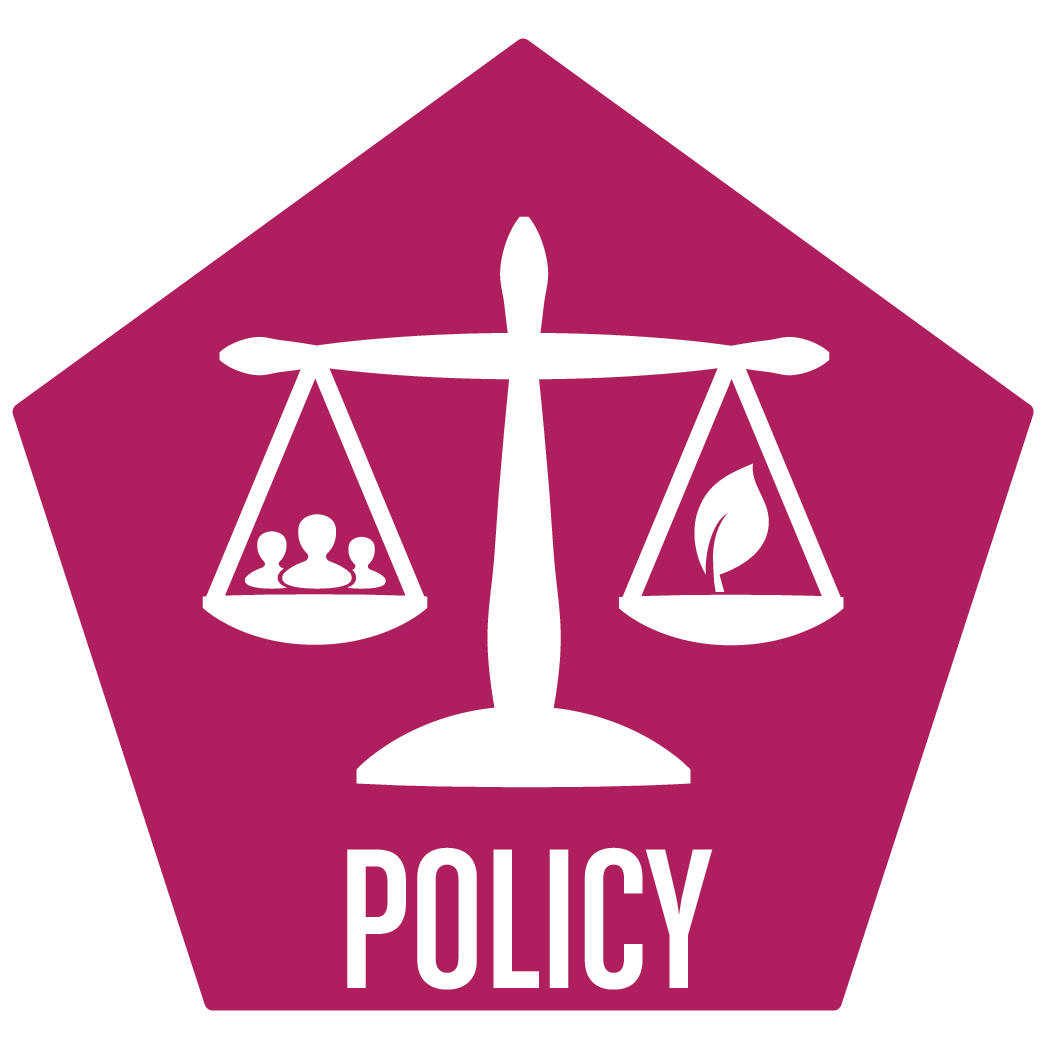9.2 Coordinate strategic planning for water quality within and across agencies and organizations with local jurisdiction
Key Message: Coordination of water quality protection and restoration in Sarasota County can be improved by aligning common goals and policies across multiple federal, state, and local management plants. Improved coordination can leverage limited resources, build partnerships, and generate momentum to achieve progress.
Importance
Incorporating state and regional water quality goals, objectives, and activities into local strategic priorities can enhance coordination and effectiveness in Sarasota County. Strategic plans from organizations such as the Sarasota Bay Estuary Program (SBEP), Coastal & Heartland National Estuary Partnership (CHNEP), Southwest Florida Water Management District (SWFWMD), and the Florida Department of Environmental Protection (FDEP) guide water quality initiatives and resources. Where aligned, these priorities should be reflected in comprehensive plans, land development regulations, and guidance documents of county and municipal governments. Better alignment fosters synergies, partnerships, and more effective water resource protection and restoration efforts (see Chapter 9.1).
Overview
Multiple state and regional strategic plans address water quality protection in Sarasota County. Many were developed collaboratively with local organizations, residents, business owners, elected officials, and other stakeholders. Priority goals and actions from these plans should be reflected in local government comprehensive plans, land development regulations, or other guidance documents to implement a cohesive regional vision.
National Estuary Program Comprehensive Conservation and Management Plans (CCMPs)
Sarasota County is served by two National Estuary Programs (NEPs) (Figure 9.2.1). The SBEP area includes coastal bays and watersheds from the Manatee County line to Venice Inlet. CHNEP covers the remainder of the county, including the Myakka River watershed and Lemon Bay. Each NEP develops a CCMP with goals and actions to maintain or restore the health of estuaries of national significance. These plans are built through consensus and engagement with local, state, city, state, federal, private, and non-profit stakeholders. Both CCMPs include Water Quality Action Plans that prioritize activities for Sarasota County (SBEP 2022; CHNEP 2025).
Figure 9.2.1. Sarasota County is located within the program areas of two National Estuary Programs.
Southwest Florida Water Management District (SWFWMD) Strategic Plan
SWFWMD’s Strategic Plan (SWFWMD 2024) establishes two regional goals for water quality: 1) Collect and analyze data to determine local and regional water quality status and trends to support resource management decisions and restoration initiatives, and 2) Develop and implement programs, projects, and regulations to maintain and improve water quality. SWFWMD also developed Surface Water Improvement and Management Plans for the Charlotte Harbor area (SWFWMD 2020) and Sarasota Bay area (SWFWMD 2002).
Florida Department of Environmental Protection (FDEP) Long Range Program Plan
FDEP’s Long Range Program Plan for fiscal years 2020-2025 establishes goals, objectives, and measures for the Department to increase the protection, conservation, and restoration of Florida’s water resources. The Plan focuses on water quality in Florida’s aquifers, springs, lakes, rivers, and coastal waters.
City and County Comprehensive Plans
City and County Comprehensive Plans establish goals, objectives, and policies to direct decision-making to achieve a community’s vision. Plans are amended periodically, with public input, to adapt to changing opportunities. Comprehensive Plans typically address measures for environmental protection and sometimes restoration. Comprehensive Plans have been adopted in:
- Town of Longboat Key
- City of North Port
- City of Sarasota
- City of Venice
- Sarasota County
City and County Climate Vulnerability Assessments and Adaptation Plans
Pursuant to F.S. 380.093, cities and counties adopt Vulnerability Assessments (VAs) and Adaptation Plans (APs) to identify risks from flooding and sea-level rise and to recommend resilience strategies for critical infrastructure, public facilities, residential areas, natural resources, and the community at large. Many proposed actions also benefit water quality, such as increasing wastewater capacity (see Chapter 1.1), elevating infrastructure (see Chapter 1.3), using pervious pavement (see Chapter 6.2), and creating living shorelines and stormwater parks (see Chapter 8.1). Completed VAs and APs include:
- Town of Longboat Key
- City of Northport
- City of Sarasota
- City of Venice
- Sarasota County
Myakka River Wild and Scenic River Management Plan
The Myakka River, designated a Florida Wild and Scenic River in 1985, flows through Manatee, Sarasota, and Charlotte Counties. The Myakka River Wild and Scenic River Management Plan focuses on managing and protecting the river and its surrounding areas, including Myakka River State Park. The Plan is administered by an intergovernmental stakeholder group, the Myakka River Management Coordinating Council. In 2024, a federal bill was introduced to designate the 34 mile segment of the Myakka River within Sarasota County as part of the National Wild and Scenic Rivers System, thereby expanding coordination with the US Department of the Interior.
Community Action Plans
Gulf Coast Community Foundation (Gulf Coast) launched this Playbook for the Sarasota region in 2020 with a complete update in 2025. The Playbook’s vision is for county waters to meet their designated human uses for drinking, shellfish harvesting, or swimming and fishing, while sustaining healthy and resilient natural ecosystems. Its three goals are:
- Goal 1: Reduce anthropogenic-based nutrient loading in natural systems;
- Goal 2: Remove excess anthropogenic-based nutrients from natural systems; and
- Goal 3: Build capacity and resilience of ecosystems and human systems to Sustain Goals 1 and 2 in perpetuity.
The Playbook integrates activities across policy, education, and applied science. Though focused on Sarasota County, its strategies are scalable and adaptable to other regions.
Approach
Commission a study to crosswalk the water quality goals, objectives, and activities in the strategic plans of SBEP, CHNEP, SWFWMD, FDEP, and the Water Quality Playbook with local government comprehensive plans and climate adaptation plans. The study should:
- Identify goals in state and regional plans suitable for inclusion in local plans or regulations
- Create a matrix that maps alignment and gaps between local and regional plans
- Provide model language for local planners and managers to adopt
- Recommend integration of nutrient management across plan chapters (e.g., wastewater and stormwater divisions prioritizing nutrient reduction).
Resources
- Comprehensive Plans and Climate Adaptation Plans of the Town of Longboat Key, City of North Port, City of Sarasota, City of Venice, and Sarasota County
- SBEP and CHNEP CCMPs
- Southwest Florida Water Management District Strategic Plan and SWIM Plan
- FDEP Long Range Program Plan
- Gulf Coast Community Foundation WaterQualityPlaybook.com
Status
No activity
Performance Measure
- Development of a crosswalk matrix identifying alignment and gaps
- Number of strategic plan elements adopted into local government planning documents
Experts or Leads
Planning departments of Sarasota County, Town of Longboat Key, City of Sarasota, City of Venice, and City of North Port; Strategic planners from SWFWMD, FDEP; SBEP; CHNEP; Shafer Consulting
Cost Estimate
$50,000-$100,000
Related Activities
Other Coordination and Collaboration Activities
9.1 Coordinate regional approaches to identify, prioritize, and implement projects to address impaired waters
[dipi_masonry_gallery images="405,894,447" columns="3" disabled_on="off|off|on" _builder_version="4.16" max_width="100%" max_width_tablet="50%" max_width_phone="65%" max_width_last_edited="on|desktop" module_alignment_tablet="center" module_alignment_phone="center"...
9.3 Inventory, develop, and coordinate grant funding
[dipi_masonry_gallery images="405,894,447" columns="3" disabled_on="off|off|on" _builder_version="4.16" max_width="100%" max_width_tablet="50%" max_width_phone="65%" max_width_last_edited="on|desktop" module_alignment_tablet="center" module_alignment_phone="center"...
9.4 Support a common publicly accessible website for data storage, visualization, and information sharing
[dipi_masonry_gallery images="405,896,447" columns="3" disabled_on="off|off|on" _builder_version="4.16" max_width="100%" max_width_tablet="50%" max_width_phone="65%" max_width_last_edited="on|desktop" module_alignment_tablet="center" module_alignment_phone="center"...
9.5 Increase capacity of area water quality professionals by supporting strong informational and professional networks
[dipi_masonry_gallery images="405,896,447" columns="3" disabled_on="off|off|on" _builder_version="4.16" max_width="100%" max_width_tablet="50%" max_width_phone="65%" max_width_last_edited="on|desktop" module_alignment_tablet="center" module_alignment_phone="center"...
9.6 Develop and deliver collaborative water quality education and outreach using local partnerships and networks
[dipi_masonry_gallery images="405,896,447" columns="3" disabled_on="off|off|on" _builder_version="4.16" max_width="100%" max_width_tablet="50%" max_width_phone="65%" max_width_last_edited="on|desktop" module_alignment_tablet="center" module_alignment_phone="center"...
9.7 Support local policymaker understanding of the cost-effectiveness of water quality protection policies
[dipi_masonry_gallery images="405,896,447" columns="3" disabled_on="off|off|on" _builder_version="4.16" max_width="100%" max_width_tablet="50%" max_width_phone="65%" max_width_last_edited="on|desktop" module_alignment_tablet="center" module_alignment_phone="center"...




